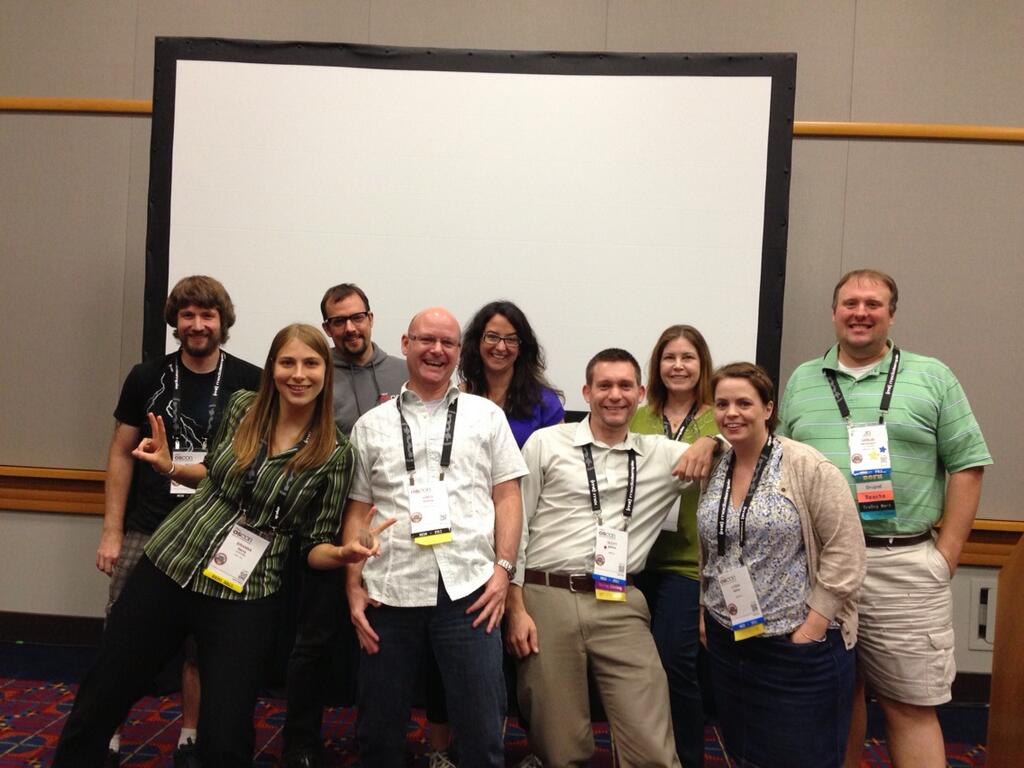Webinar Replay: Functional Programming without Lambdas
Speakers: Mattias Severson & Johan Haleby, Jayway Inc You've probably heard the buzz about functional programming and you may have glanced at the new Lambda features in Java 8. What is less known is that it's actually possible to leverage some of the functional-style techniques even in older Java versions. This means that you can program in a functional style, even if your organization has not updated to Java 8. In this session, you'll learn about real-world experiences with functional frameworks such as LamdaJ, Functional Java and Guava. What should you consider before adopting them? How do they compare against one another? If you are stuck with a legacy Java version and want to be prepared for the functional future of Java 8, make sure to attend this session.
About the speakers

Mattias Severson, Jayway, Inc
With a background in the hardware and embedded area, Mattias has shifted his focus to Java and the enterprise domain. He is a clean code proponent who appreciates Test Driven Development and Agile methodologies. Mattias has experience from many different environments, including everything between big server solutions for multinational companies down to flashing LEDs by using small micro controllers. He is curious, open-minded and believes in continuous improvement on all levels.
Johan Haleby, Jayway, Inc
Johan Haleby is a Swedish developer, speaker, and writer with a profound interest in software engineering and testability in particular. He has founded and contributed to numerous open source projects such as PowerMock, REST Assured and Awaitility and has spoken at several conferences and user groups such as Öredev and Devoxx.
</div>
</div>
<div></div>
<div> </div>
<div>
<br />
</div>
</div>
</div>

